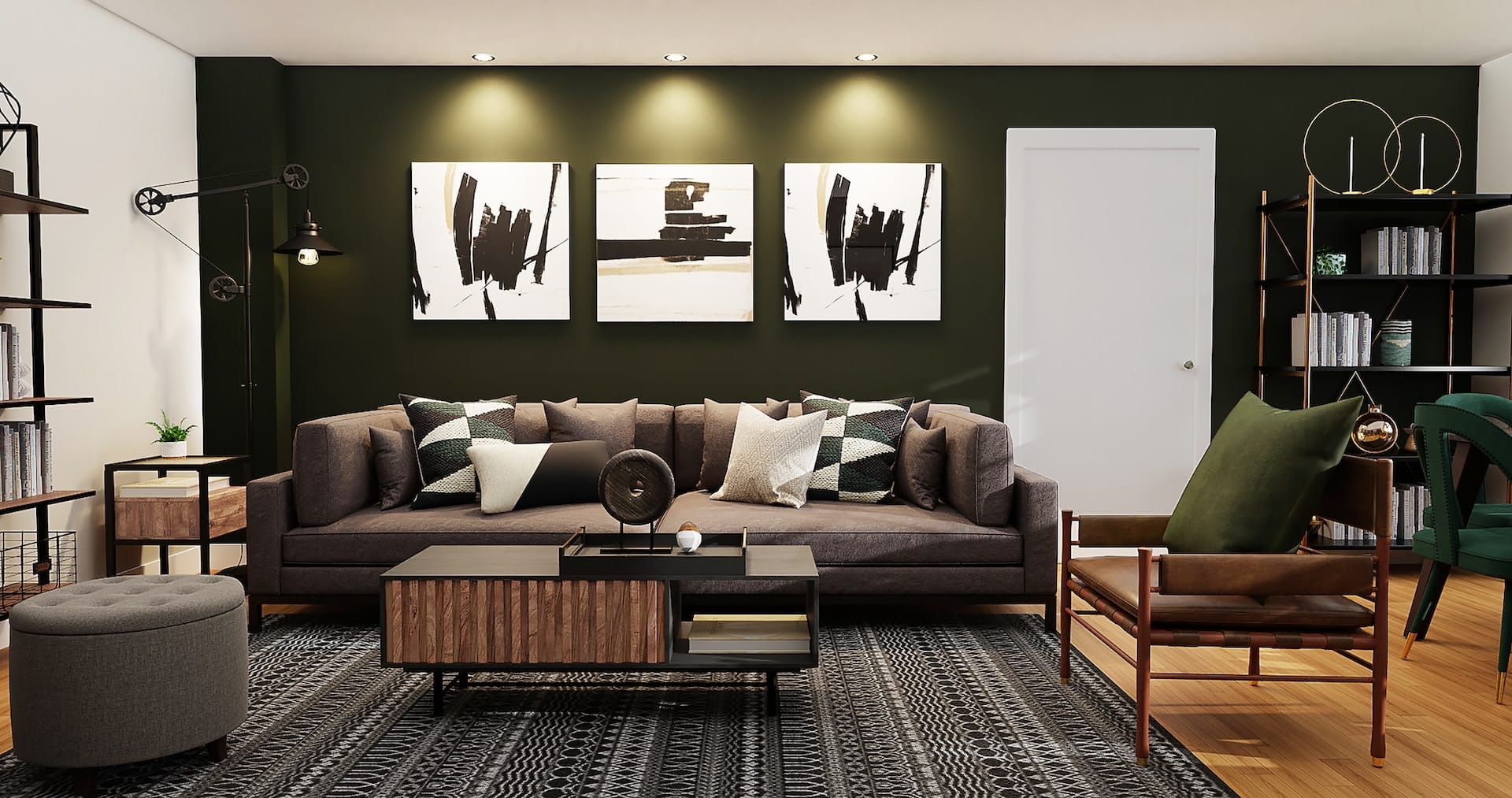Unraveling the 70/30 Rule in Interior Design
One effective strategy to ensure the optimal interior design results when planning home interior designs is using interior designer’s tricks – one such trick often unappreciated by homeowners is known as the 70/30 rule. But, what exactly is it and how should it be applied? Read on.
What Is the 70/30 Rule?
A guideline, not an absolute rule, the 70/30 split means decorating 70% of a space one way and 30% in another style. You can apply this approach during different steps of interior design projects; regardless of their application however, this mix keeps things cohesive by meeting certain expectations while offering pops of interest with 20% to 30% extra accent decor and art pieces.
How Can You Apply the 70/30 Rule?
How can this guide be applied in real life? One common way would be the style and decor in each room: approximately 70% should feature one theme – such as contemporary or modern — with about 30% featuring another style like antique or vintage decor to soften and add visual interest.
Another popular application of the 70/30 rule can be seen in paint schemes. Here, this rule can be broken further down; 60% of walls and surfaces should feature one hue while 20% include secondary shades and the final 10% as accent hues – for instance you might start out with neutral walls to start, adding contrast hues on one or two walls later; finally, the trim might contain this 10% accent hue as final touch.
What Makes the 70/30 Rule Complex?
An effective 70/30 split might seem straightforward in theory; but finding it can be more of an art. Most people won’t pore over rulers and notebooks to pinpoint exactly 70 percent of their decor; each homeowner must carefully consider his/her combinations until finding one with enough variety that it fits together into an appealing whole while offering enough surprises and elements of interest to satisfy both goals simultaneously.




